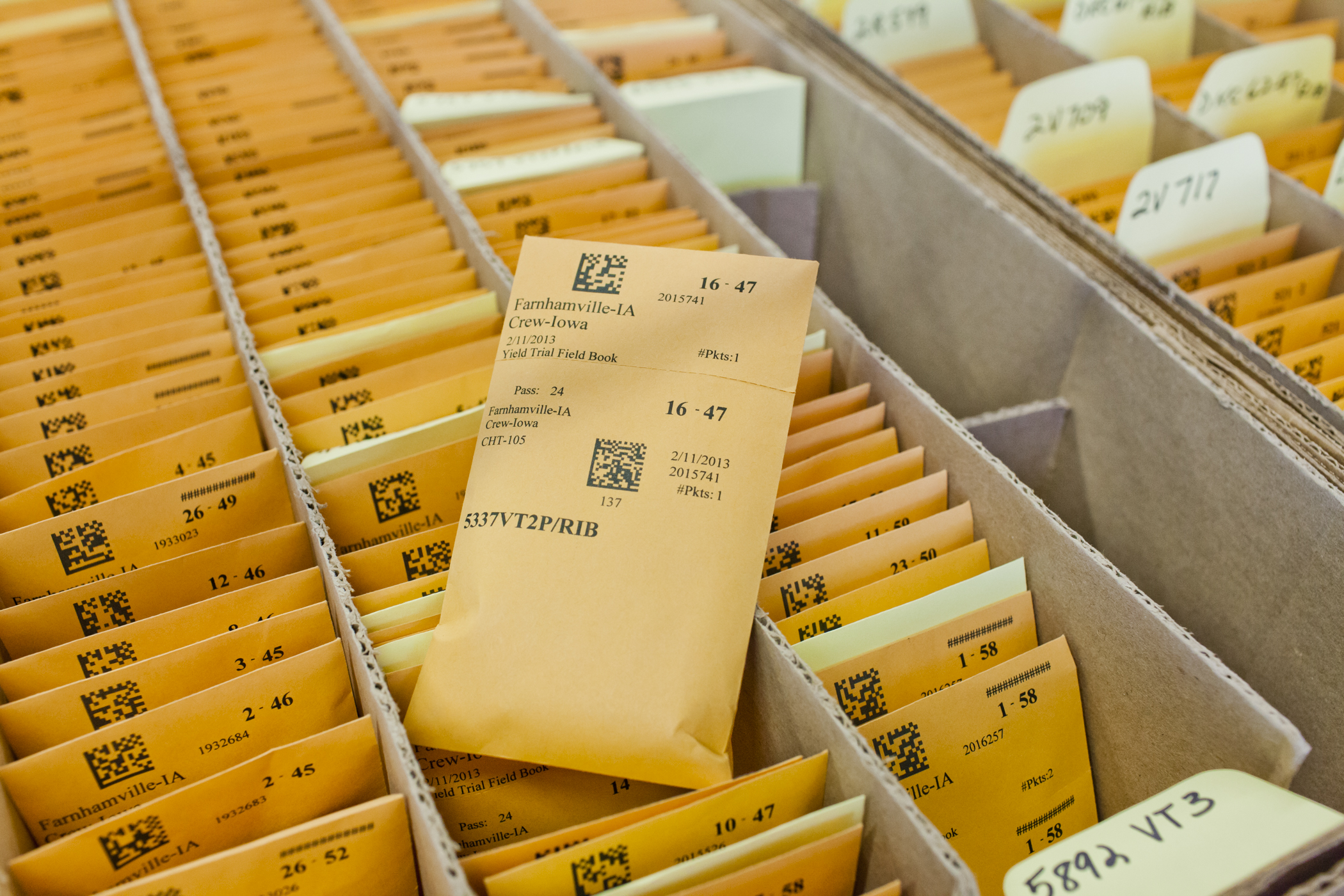Why You Should Care About Trial Error

Trial error indicates whether your data is legitimate or not. And if your data is “iffy,” your recommendations will be equally suspect. A key component of quality data is having a way to calculate and quantify trial error. Trial error calculations helps us understand variation within replicated trials that cannot be accounted for by controlled treatments. In a nutshell, trial error comes from factors that we cannot see or anticipate that effect our outcomes.
For example, if you planted the same corn hybrid in two different locations, they may yield differently due to disparities in nutrient profile, soil moisture, pest pressure, etc. Now let’s say we implemented a trial design that accounted for all of these factors and created a scenario where both fields were, in theory, identical. What if they still yielded differently? It is this unexplained variation that cannot be easily accounted for that we call “trial error.”
How would you explain a veteran baseball player who averages 10 home runs a year suddenly hitting 50 homers one season? First, you’d look at the different variables. Are the baseballs wound tighter? Are the stadiums smaller? Are pitchers less capable? If everything remained the same, is it safe to assume that player will hit 50 home runs again next year? Probably not. But over time and repeated trials (seasons), we’ll be able to tell with certainty if the breakout season was an anomaly or a true indicator of performance.
In short, replication and low trial error are necessary to be confident in your data.
Answer Plot® Program Trial Error
To give you an idea of how we’re able to deliver such quality data, with low trial error, let’s take a quick look at the numbers. In 2015, The WinField Answer Plot® Program tested 231 corn hybrids replicated 12 times at 191 locations across the country. We also collected a total of 5 million data points from our trials. This level of local, regional and national testing allows us to ensure the validity of our data, and more important, it allows us to deliver more predictable product recommendations such as seed prescriptions.
In addition, the WinField United agronomy and product development team adheres to a strict set of standards that shepherd the communication of quality, reliable data. This set of data and technology principles mean that any piece of data published by WinField® United has been extensively vetted for accuracy and quality.
Data quality is a key differentiator for WinField® United and an important part of developing lasting relationships with growers and ultimately making sales. In fact, there isn’t a single instance where you should go into a sales call, presentation or other conversation without having Answer Plot® data handy. If you would like to learn more about WinField® United trial error and data quality, contact your local WinField® United Agronomist, ag technology specialist or Answer Plot Research Manager.
For example, if you planted the same corn hybrid in two different locations, they may yield differently due to disparities in nutrient profile, soil moisture, pest pressure, etc. Now let’s say we implemented a trial design that accounted for all of these factors and created a scenario where both fields were, in theory, identical. What if they still yielded differently? It is this unexplained variation that cannot be easily accounted for that we call “trial error.”
How would you explain a veteran baseball player who averages 10 home runs a year suddenly hitting 50 homers one season? First, you’d look at the different variables. Are the baseballs wound tighter? Are the stadiums smaller? Are pitchers less capable? If everything remained the same, is it safe to assume that player will hit 50 home runs again next year? Probably not. But over time and repeated trials (seasons), we’ll be able to tell with certainty if the breakout season was an anomaly or a true indicator of performance.
In short, replication and low trial error are necessary to be confident in your data.
Answer Plot® Program Trial Error
To give you an idea of how we’re able to deliver such quality data, with low trial error, let’s take a quick look at the numbers. In 2015, The WinField Answer Plot® Program tested 231 corn hybrids replicated 12 times at 191 locations across the country. We also collected a total of 5 million data points from our trials. This level of local, regional and national testing allows us to ensure the validity of our data, and more important, it allows us to deliver more predictable product recommendations such as seed prescriptions.
In addition, the WinField United agronomy and product development team adheres to a strict set of standards that shepherd the communication of quality, reliable data. This set of data and technology principles mean that any piece of data published by WinField® United has been extensively vetted for accuracy and quality.
Data quality is a key differentiator for WinField® United and an important part of developing lasting relationships with growers and ultimately making sales. In fact, there isn’t a single instance where you should go into a sales call, presentation or other conversation without having Answer Plot® data handy. If you would like to learn more about WinField® United trial error and data quality, contact your local WinField® United Agronomist, ag technology specialist or Answer Plot Research Manager.

